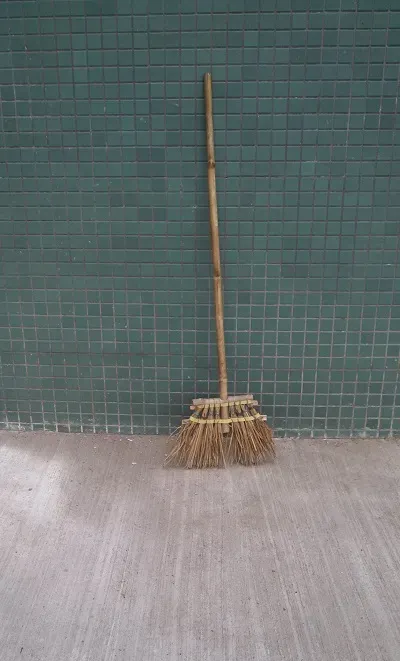I am back from my travels. I spent over three weeks in Macau, and learned a lot about Asian gaming from the experience. Mostly, I learned about baccarat. Try and picture a casino with hundreds of baccarat tables. It's not an image that fits easily into the Ameri-centric vision of what "casino" means. There was one advantage play technique that was the most surprising to discover. It is similar to Wonging in blackjack, but in reverse. I call it "shoe-shopping." It only works because these casinos are huge -- hundreds of tables -- and it is usually pretty easy to find a table that is just beginning a new shoe, especially during times the tables are busy. I will describe shoe-shopping.
Most baccarat is cut very deep. In many places, the cut-card is placed around the 14-th card. Such a shoe may be dealt until only 2 or 3 cards remain. This gives the AP some very good situations for some types of wagers. However, the problem with getting the best possible edge is on the other end, with the burn cards. Typically in a new shoe, the first card out of the shoe is turned over and then burned. If this card is a face card (J,Q,K) then ten additional cards are dealt face-down and burned. Otherwise, the number of additional cards burned equals to the pip-value of the exposed card. In shoe-shopping, the AP observes new shoes and only plays when he finds one with very few burn-cards (say, 4 or fewer, for example).
I am eager to see how shoe-shopping increases the win-per-100-hands for wagers like the Dragon 7 side bet for EZ Baccarat as well as the Dragon Bonus side bet, and others I've analyzed on this site. This method must be taken very seriously as a solid source of increased revenue for the AP who chooses the right opportunities. It is not applicable for casinos here in America (just as you can't Wong blackjack in Macau), but shoe-shopping has widespread implications for baccarat-rich casinos worldwide.
I am still trying to determine appropriate game protection for a situation in which shoe-shopping may be viable. It seems to me that the underlying vulnerabilities should first be re-calculated in light of this technique to see if anything new comes forth that needs protection. For example, I hardly expect the Tie bet to gain much more viability (going from amoeba to nematode is hardly a big jump).
During my travels, I took well over 100 pictures. Only one of them really tells the whole story -- the Zen-like pose of this broom, with a mission as daunting as it is simple:



